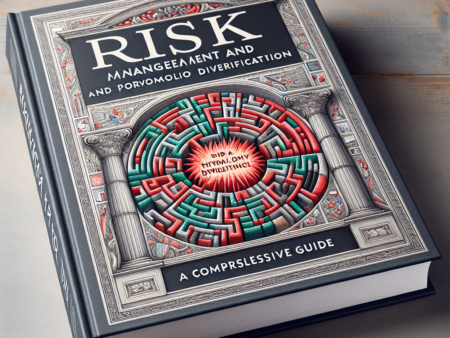Balancing High-Risk and Low-Risk Assets: A Comprehensive Guide
Understanding the Spectrum of Risk
The first step towards balancing high-risk and low-risk assets in your portfolio is understanding the risk associated with different types of investments. These can range from highly volatile cryptocurrencies to stable government bonds.
The Role of Risk Tolerance
Your risk tolerance is a key factor in determining the proportion of high-risk and low-risk assets in your portfolio. It’s crucial to evaluate your financial situation, investment goals, and comfort with market fluctuations before making investment decisions.
“Balancing high-risk and low-risk assets is an art that demands understanding of market trends, your financial goals, and your risk tolerance.”
Investment Planning
Strategies for Balancing High-Risk and Low-Risk Assets
Diversification
Diversification is a common strategy for balancing different types of assets in your portfolio. By investing in a variety of asset classes, you can spread the risk and potentially improve the stability of your investments.
Rebalancing
Regular portfolio rebalancing is another effective method. By adjusting your portfolio to maintain your desired balance of high-risk and low-risk assets, you can manage risk over time.
Asset Allocation
Asset allocation is a long-term strategy that involves setting target allocations for different asset classes, and periodically rebalancing your portfolio to stick to these targets.
The Importance of Regular Reviews
Regular reviews of your investment portfolio are essential for maintaining the right balance between high-risk and low-risk assets. Market conditions, changes in your financial situation, or shifts in your investment goals may necessitate adjustments to your asset balance.
FAQs
What is a high-risk asset?
High-risk assets are typically those with a greater potential for high returns, but also with higher volatility and potential for loss. Examples include stocks, cryptocurrencies, and commodities.
What is a low-risk asset?
Low-risk assets are typically more stable and provide consistent, albeit lower, returns. Examples include government bonds, money market funds, and certificates of deposit.
How do I determine my risk tolerance?
Risk tolerance is highly individual and depends on your financial situation, investment goals, and comfort with market fluctuations. A financial advisor can help you assess your risk tolerance.
Disclaimer
The information provided in this article is for informational purposes only and should not be construed as financial or investment advice. It is always recommended to conduct thorough research and consult with a professional advisor before making any investment decisions.


















